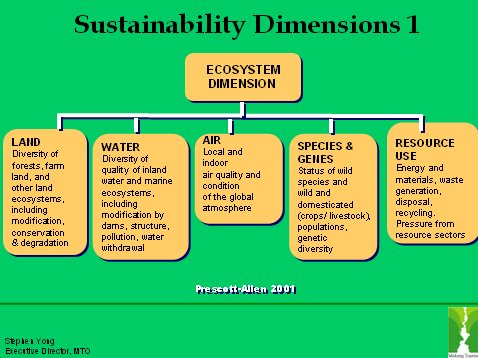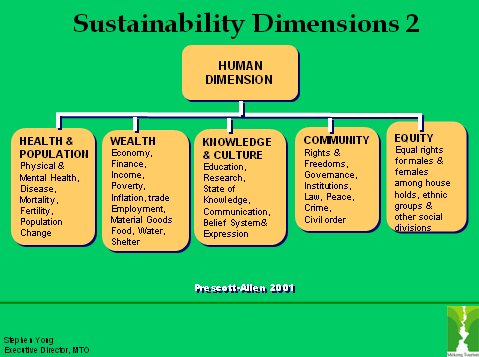|
|
|
Ecotourism developments and trends in the Asia Pacific region
Stephen Yong Executive Director Mekong
Tourism Office
Sustainable Tourism Development and Management Before we start…why do we travel? We’re in the Business of Travel & Leisure OR We Travel for Business & Leisure
Daily tourism spend hits US$2 billion daily average Madrid (2006-07-14) THE UN World Tourism Organization says tourism spending now averages US$2 billion a day, up 3.4 per cent from 2005. Last year, the organisation estimates US$682 billion was spent abroad by tourists. If spending on foreign passenger transport of US$130 billion is added, the total export spend is more than US$800 billion, some six per cent of global export of all goods and services. In comparison to receipts, international tourist arrivals grew by 5.6 per cent in 2005. Africa and the Middle East were the fastest growing regions, with arrivals increasing 10 and 9.5 per cent respectively in 2005 over the previous year. Asia and Pacific arrivals grew 7.8 per cent in that period.
Asia Pacific 14% of the world’s land mass but…… Home to almost two thirds of the world’s people Generates close to one quarter of the worlds international arrivals Produces close to 40% of the worlds tourist receipts Expected to be responsible for almost 60%of the global tourism demand
Tourism is Leisure Escape Get-a-way The Ultimate Rejuvenation Memorable Experiences
The Five A’s Accessibility: Road, Sea, Rail, Air Accommodation: Hotel, Guest Houses, Homestay, etc. Attractions: Natural, Man-made Activities: Festivals, Sports, Arts Acceptance: Destination, Tourists, Communities
Stakeholders in the Industry Those whose resources are used - Government bodies such as parks, wildlife, museums, heritages sites, traditional landowners Those who deliver the product - Tourism operators such as airlines, hotels, restaurants, attractions, tour operators Those who manage destinations - Tourism commissions, local and national governments Those who provide infrastructure - Roads, buildings, water supply, waste disposal Those who are employed - Managers,hotel and airline workers
Sustainable Tourism Dimensions For sustainable tourism to succeed in any destination, 2 dimensions must be studied in detail: 1 - The Ecosystem Dimension 2 - The Human Dimension
Negative Physical Impacts of Tourism Degrade heritage sites Reduce biological diversity Destroy habitat for wildlife Pollute lakes, rivers and coasts Contribute significantly to global warming Lead to a loss of scenic beauty Overuse valuable fresh water resources
Negative Socio-Cultural Impacts Commodification of sacred rituals & traditions Standardisation of tourism facilities Loss of authenticity and staged authenticity Adaptation of tourist demands Economic inequality of lifestyles Irritation due to tourist behaviour Job level friction Crime generation Child labour Prostitution and sex tourism Drugs
Sustainable Tourism Initiatives Establishing legal and regulatory frameworks for planning, development, control, protection and conservation Establishing tourism development agencies, protected areas, institutions to manage and tax on resource usage, education and training programs. Providing infrastructure, such as ports, roads, waste management and a potable water supply Providing incentives for responsible development and operation of tourism facilities. Investing marketing and promotion of tourism destinations that conveys a sustainability message The Government needs to support public education programs that raise the awareness of sustainable principles among consumers.
GMS Tourism Sector Strategy 2006 – 2015 Mission Statement - To develop & promote the Mekong as a single destination, offering a diversity of good quality & high-yielding sub-regional products that help to distribute the benefits of tourism more widely - To add to the tourism development efforts of each GMS country - To contribute to poverty reduction, gender equality & empowerment of women - To promote sustainable development, while minimising any adverse impacts
Why Tourism in GMS? - Major growth engine for socio-economic development and poverty alleviation - Promoter of the conservation of natural and cultural heritage - Harbinger of peace
Codes of Conduct There are two codes of conduct which encourage both the supply and demand side of the tourism equation to follow sustainable practices. This codes were established by PATA 1 - The PATA Travellers Code 2 - APEC/PATA Code for Sustainable Tourism
|



